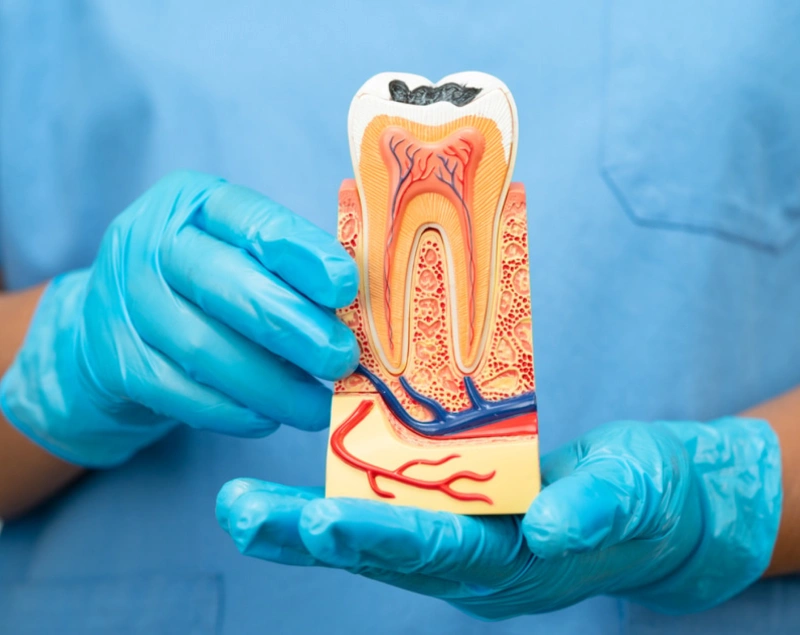REFER A FRIEND: GIVE $50, GET $50
Understanding Root Canal Retreatment: How to Recognize and Address the Issue
Root canal retreatment involves removing the previous crown and filling material, thoroughly cleaning the root canals, and then re-packing and re-crowning the tooth. Essentially, root canal retreatment mirrors the original procedure, with the added step of removing the old structural materials. The success rate for retreatment is approximately 75%.
Root canal treatments and retreatments are often a better option than tooth extraction for most patients. If the tooth has strong bone support, a solid structure, and healthy gums, it has a good chance of being preserved. Opting for root canal retreatment is typically more affordable than alternatives like dental implants, extensive bridgework, or prosthetic teeth. These options not only cost more but also require maintenance and may feel less natural than retaining the natural tooth.

Why is Root Canal Retreatment Required?
- A cracked crown leaking filling material
- Curved or narrow canals that were not treated during the original procedure
- Delays in placing restorative devices after the procedure
- New decay developing in the tooth
- A new fracture in the treated tooth
- Saliva entering the restorative structure
- Undetected complex canal structures

What Does Root Canal Retreatment Involve?
On the day of your root canal retreatment, a local anesthetic will be used, unless another anesthesia is preferred. A rubber dam will isolate the affected tooth to protect it from bacteria and saliva. The procedure's length depends on the inflammation and complexity of the case.
First, access is gained to the tooth's inner part, and any crown or post will be removed. Then, the filling material and obstructions are carefully removed with an ultrasonic handpiece. Tiny instruments are used to clean and reshape the root canals, with X-rays taken to ensure thorough cleaning. If needed, medicated packing will be applied, and the rest of the treatment will be completed in a follow-up visit.



